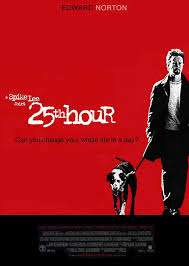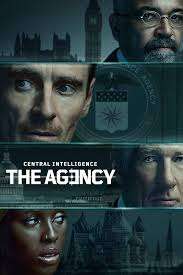When Criminal Minds premiered on September 22, 2005, it didn’t just introduce another crime drama—it revolutionized the genre. Unlike CSI’s forensic focus or Law & Order’s courtroom drama, this series plunged viewers into the psychology of monsters, exploring the twisted minds of serial killers through the eyes of the FBI’s Behavioral Analysis Unit (BAU).
Nearly two decades later, Season 1 remains a masterclass in psychological suspense, launching a 15-season phenomenon. In this deep dive, we’ll revisit what made Criminal Minds’ first season so groundbreaking—from its iconic characters and unforgettable cases to behind-the-scenes struggles and its lasting influence on crime TV.
1. The Premise: Profiling the Monsters Among Us
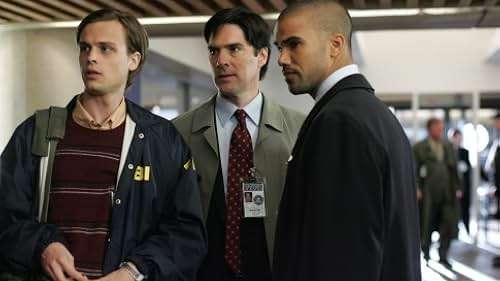
The Original Concept
Created by Jeff Davis (Teen Wolf), Criminal Minds was pitched as “CSI meets The Silence of the Lambs“—a procedural that prioritized behavioral analysis over physical evidence. Instead of fingerprints and DNA, the BAU focused on:
- Modus Operandi (MO) – How killers select and stalk victims.
- Signature – The personal rituals that fulfill their psychological needs.
- Geographic profiling – Mapping crimes to predict a killer’s home base.
The Pilot Episode: “Extreme Aggressor”
The series opened with a chilling case setting the tone:
- The “Seattle Strangler” – A serial killer abducting women in pairs.
- Gideon’s famous monologue – Mandy Patinkin’s “We allow the darkness to enter us” speech.
- The team’s first dynamic – Hotch’s authority, Reid’s genius, Garcia’s tech brilliance.
This episode established the show’s formula:
- Cold open – A brutal crime in progress.
- BAU briefing – The team dissects the killer’s psyche.
- Field investigation – Tension builds as they close in.
- Final confrontation – Often morally ambiguous.
2. The Original Team: Where It All Began
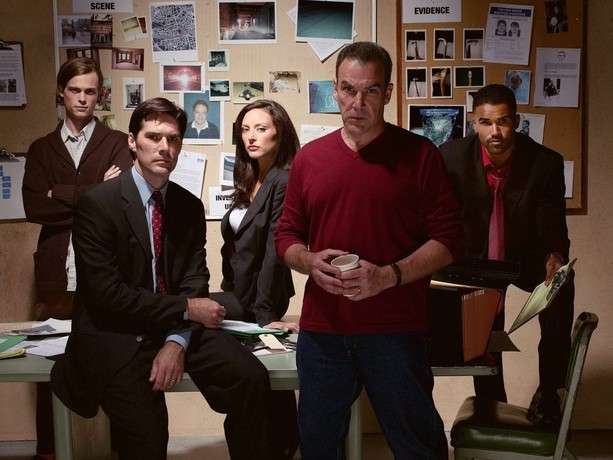
The Core Cast & Their Roles
| Character | Actor | Role | Season 1 Arc |
|---|---|---|---|
| Jason Gideon | Mandy Patinkin | Lead Profiler | Haunted by past failures. |
| Aaron Hotchner | Thomas Gibson | Unit Chief | Balancing work & crumbling marriage. |
| Spencer Reid | Matthew Gray Gubler | Genius Prodigy | Struggling with social skills. |
| Derek Morgan | Shemar Moore | Tactical Expert | Confronting childhood abuse. |
| Elle Greenaway | Lola Glaudini | Victims’ Specialist | Traumatized by a stalker. |
| Jennifer “JJ” Jareau | A.J. Cook | Media Liaison | Proving herself in a male-dominated unit. |
| Penelope Garcia | Kirsten Vangsness | Tech Analyst | Introduced in Episode 2 as a quirky hacker. |
Standout Character Moments
- Gideon’s Intuition – His chess match with a killer in “The Fisher King”.
- Reid’s Vulnerability – His fear of failure in “Derailed”.
- Morgan’s Tough Exterior – His emotional breakdown in “Natural Born Killer”.
3. The Most Disturbing Cases of Season 1
Top 5 Unsubs (Unknown Subjects)
- “The Fisher King” (Episodes 1 & 22) – A manipulative killer playing mind games.
- “Compulsion” (Episode 4) – A pyromaniac burning families alive.
- “Blood Hungry” (Episode 10) – A vampiric cannibal targeting teens.
- “Riding the Lightning” (Episode 14) – A wrongly convicted woman facing execution.
- “The Fox” (Episode 18) – A couple kidnapping women for twisted “family” rituals.
Why These Episodes Still Haunt Fans
- No Happy Endings – Unlike NCIS, killers sometimes escaped or manipulated justice.
- Real-Life Inspirations – Cases mirrored Ted Bundy (The Fox), Richard Chase (Blood Hungry), and John Wayne Gacy (Profiler, Performer).
4. Behind the Scenes: The Struggles of Season 1
Casting Changes & Challenges
- Garcia Wasn’t Supposed to Stay – Kirsten Vangsness was initially a guest star, but fans demanded more.
- Mandy Patinkin’s Early Exit Plans – He reportedly clashed with the show’s dark tone, leading to his departure in Season 3.
Controversial Content
- CBS Forced Edits – Some episodes (like “The Fox”) were deemed too graphic.
- Backlash Over Violence – Advocacy groups criticized the “torture porn” accusations.
The “Profiler of the Week” Problem
Early episodes relied on guest-star killers (Frankie Muniz, James Van Der Beek), which later seasons phased out for longer arcs.
5. The Legacy: How Season 1 Shaped the Series
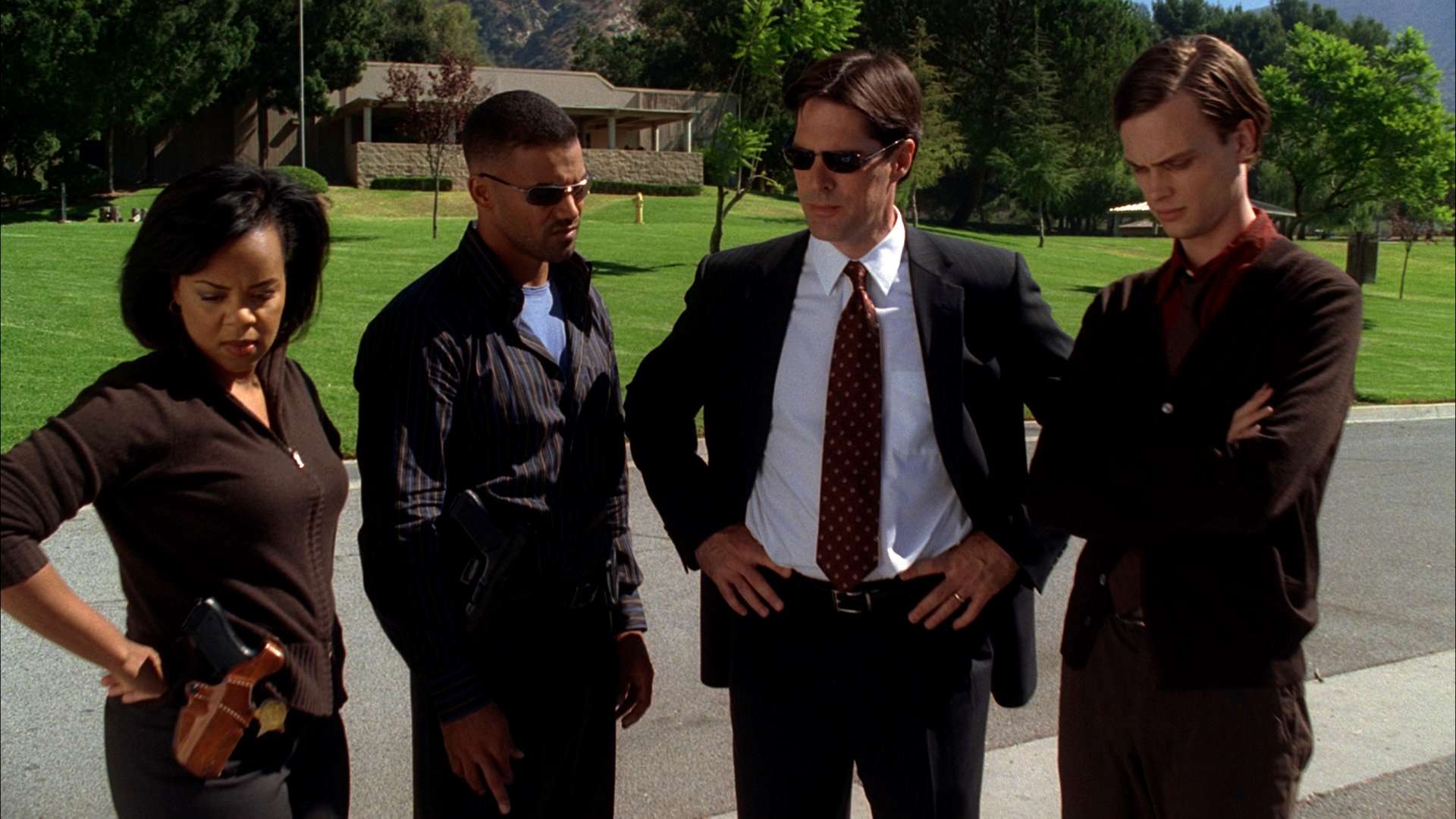
Innovations in Crime TV
- The “Unsub” Term – Popularized by Criminal Minds.
- No Glamorizing Killers – Unlike Dexter, the show focused on victims’ trauma.
What Held It Back
- Uneven Tone – Early episodes wavered between police procedural and psychological horror.
- Underdeveloped Female Leads – Elle and JJ had less focus than male counterparts.
How It Compares to Later Seasons
| Aspect | Season 1 | Later Seasons |
|---|---|---|
| Killer Focus | One-off unsubs | More serialized arcs |
| Team Dynamics | Gideon-centric | Ensemble-driven |
| Gore Level | Moderate | Increased (e.g., The Reaper) |
6. Where to Watch & Why It’s Worth Revisiting
Streaming Availability
- Paramount+ (Full series)
- Hulu (Seasons 1-12)
- Amazon Prime (Purchase only)
Who Should Watch Season 1 Today?
✔ True crime fans wanting psychological depth.
✔ New viewers curious about the show’s roots.
✔ Fans of Mindhunter looking for a more episodic alternative.
7. Final Verdict: A Flawed But Fascinating Start
Criminal Minds Season 1 isn’t perfect—some episodes feel dated, and the pacing wobbles—but its groundbreaking profiling techniques, chilling cases, and iconic team dynamic laid the foundation for one of TV’s most enduring crime dramas.
Rating: 8.5/10
- Strengths: Gideon’s presence, Reid’s intro, real-world psychology.
- Weaknesses: Uneven character focus, occasional formulaic episodes



